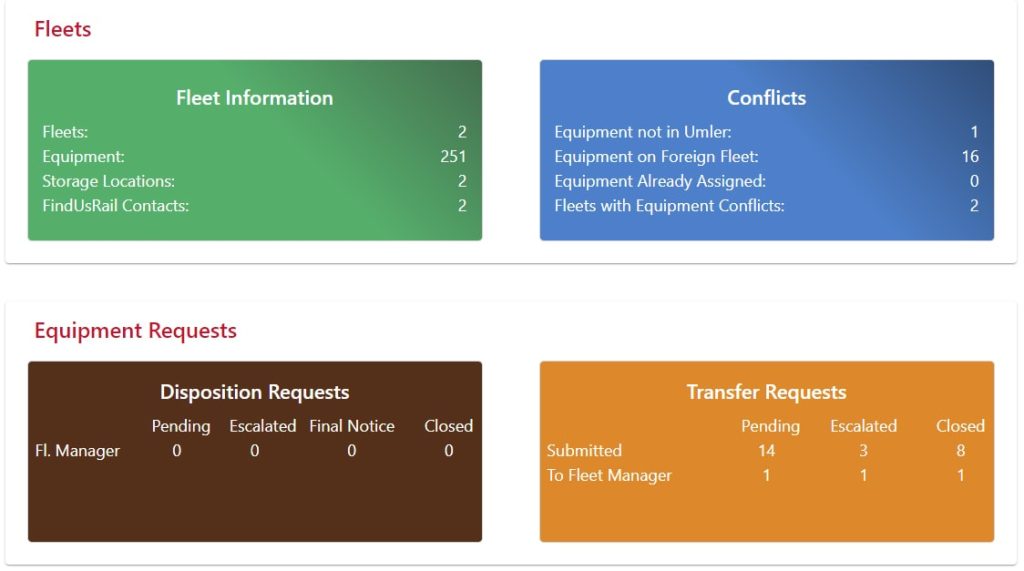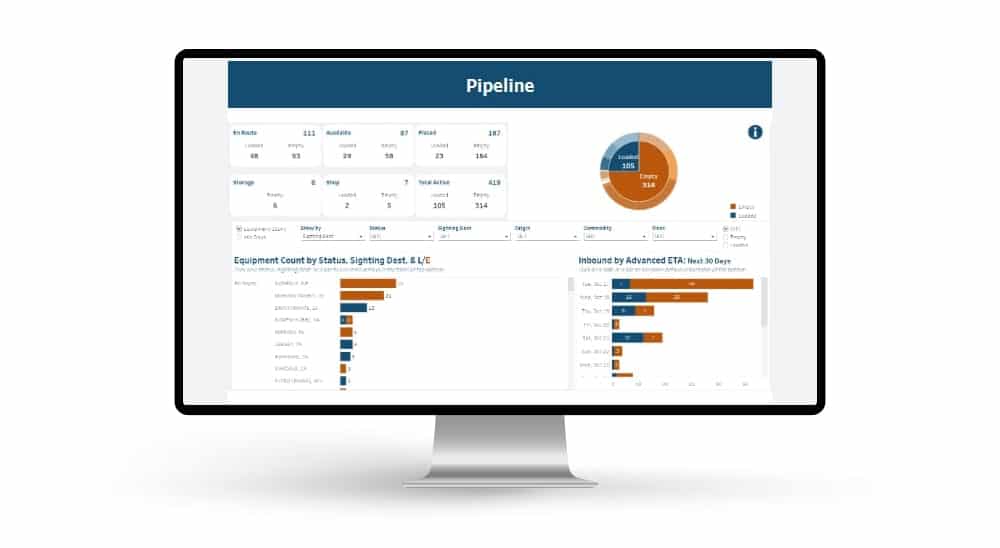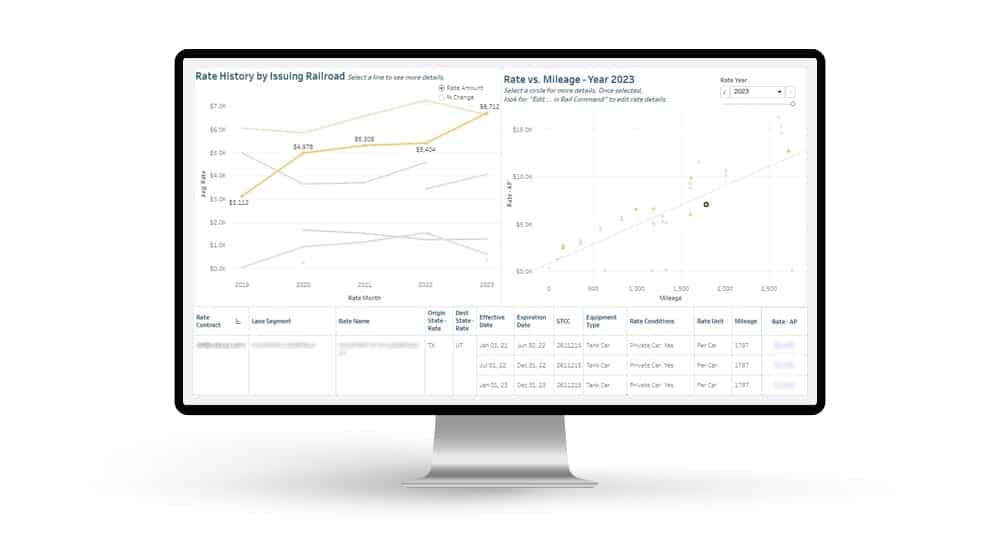In February of 2020, OT-57 was introduced by Railinc. The Loading Authority OT-57 system provides a centralized, paperless process for registering private freight rail equipment and access to controlling entity (shipper, owner, or lessee) contact information and storage information. OT-57, and its predecessor OT-5, is crucial to understand for rail fleet management.
Before OT-57, Loading Authority OT-5 approval by a railroad was required before any privately marked railcar would be permitted on the rail network in North America. From the railroads’ perspective, the OT-5 process was important to ensure that only safe railcars were allowed on their lines and to protect operational efficiency. More railcars can mean more congestion, which is why one of the most common reasons for Loading Authority OT-5 denial was a lack of storage capacity. Officially, there were only three reasons why a Loading Authority OT-5 application could be rejected: Safety, Inadequate Storage Space, and Mechanical Factors.
OT-5 Development
Over the years, the Loading Authority OT-5 application became more complex. For instance, when the application was first developed, applicants only had to check a box saying they had sufficient storage. Over time, applicants had to provide more specific details and contact information. Certain details, such as shipping from a new loading location without updating the loading location, were acceptable to not complete. Later the railroads began to verify Loading Authority OT-5 information with each shipment. A car could only be on one application in the Loading Authority system for a carrier at a time. Whenever any of the service information changed, the OT-5 application needed to be updated.
During the late OT-5 period, CSX amended their 8100-tariff by adding a $600 charge for each private railcar tendered that did not have current Loading Authority OT-5 approval. While this charge was not imposed by other carriers, those carriers did begin denying shipping instructions. Railroad communications with an explanation of the denial was often slow. During this time, CSX stated that Loading Authority OT-5 approvals could take up to 45 days. Many of the other class 1 carriers followed suit and began charging for OT-5 non-compliance.
Late in the OT-5 evolution, RSI’s Logistics team saw cases in which suppliers loading customer cars were being penalized because the customer did not update the Loading Authority OT-5. Questions arose such as, “who should complete the registration?” and “should we be responsible for the fees if these cars don’t belong to us?” Some leasing companies were handling OT-5 applications for their customers; however, many of them backed away when more detailed and dynamic information was required.
As a result of the changes to the OT-5 process and fees from the rail carriers, shippers banded together to request a change. Railinc and the rail carriers listened, and a new process for Loading Authority was created: OT-57.
Upgrade to OT-57
The Railinc OT-5 application process was dismantled and replaced with a new, simpler process, called OT-57. The upgrade to OT-57 was initiated by a desire to ease the process of submitting OT-5 applications while still maintaining the efficiency of operations and lines. Due to issues in the previous iteration of OT-5, Railinc acted quickly to launch the OT-57 changes at the end of 2019.
The OT-57 application was made effective February 3, 2020. The most significant contrast is that there was no longer an approval process. Railroads would no longer reject applications due to storage limitations or mechanical specification issues in UMLER. If a railcar was on an application with a point of contact, it would be acceptable.
The OT-57 application dashboard shows a snapshot of current activities within OT-57.
Railinc also revealed newly implemented features, as well as enhancements to the tool. One of the features implemented with the release of OT-57 was a tool that allowed requests for transfers. This allowed users to see which, if any, of their railcars were filed under another shipper’s fleets, and request that the railcars be transferred to the appropriate fleet. The other company would receive a notification of the transfer request, then review and approve the transfer. Upon approval, the original shipper would be notified via email, and could log into the application to add those cars to their fleet.
Another feature that was added after the release of OT-57 was an enhanced feed from Findus. Rail, where any updates or edits made to an existing Primary Controlling Entity would trigger a notification to the fleet manager. The next feature added was a fleet suspension process. Fleets included a timestamp of when that fleet was last updated. Per Railinc, fleets needed to be reviewed or updated within 12 months, or the fleet would be suspended.
Conclusion
The history of the move from OT-5 to OT-57 highlights the transformation in the rail industry and the progress that the industry has made towards making it easier for shippers to process their orders. RSI’s Logistics team has helped rail shippers across the nation through OT-5, the transition to OT-57, and consistently since. If you need assistance understanding OT-57 Loading Authority and how to manage it, reach out to us and we can help!





 Automated exception reporting of the railcar tracking data makes it easy to identify and troubleshoot jeopardized shipments, thereby enabling you to provide better service to your stakeholders.
Automated exception reporting of the railcar tracking data makes it easy to identify and troubleshoot jeopardized shipments, thereby enabling you to provide better service to your stakeholders. Receive notification of pending rate expirations. Tariff changes and fuel surcharges can be automatically updated.
Receive notification of pending rate expirations. Tariff changes and fuel surcharges can be automatically updated.